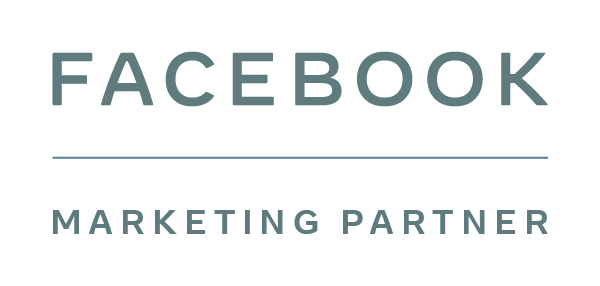Improving conversion rates is an ongoing project for any ecommerce brand. After a site launch, you will likely be working with your ecommerce agency to optimise and maximise your site to improve conversions.
What are the key ecommerce areas to focus on when improving conversion rate?
#1 – Homepage
Your homepage is still likely to be the most visited single page of your ecommerce site, although this may now be a small percentage of your overall site traffic. However, it is still an important page for your site and there are many actions you can take in order to improve metrics here.
How can you improve conversion rate on your homepage?
- Add reassurance messaging to your header (free delivery, made in the UK, easy returns etc.)
- Add brand reviews to reinforce trust
- Add user generated content for added trust and authenticity
- Add clear payment methods to your footer
A homepage can act as a hub for your brand and customers can get a clear view of how you position yourself, what your USPs are and why they should shop with you. This can add trust, authenticity and reliability to the purchasing process, which can improve your conversion rate considerably.
#2 – Search & Navigation
To improve conversion rate, you need to make sure that your customers can find the products they want as quick and easy as possible. The longer it takes for them to find the product they need, the higher the chance they will abandon the process and look elsewhere.
How can you improve your search and navigation?
- Use a dynamic search tool, such as Klevu
- Add product recommendations to site search
- Add easy filtering and sorting options on collection pages
- Add product recommendations to product pages
Your site should strike a balance of both directing customers to the product they are searching for as soon as possible, and allowing for organic discoverability of new products. Getting this balance right will help you improve both visits to product pages and overall conversion rate.
#3 – Product Pages
When a visitor is viewing your product pages, you need to make sure they have all of the information they need in order to add to basket.
How can you improve product pages?
- Make sure you have clear, professional product imagery
- Showcase lifestyle imagery to show the product in use
- Have multiple images of the product in various positions, colours and sizes
- Have controllable product zoom (and make sure this is intuitive on mobile devices)
- Make sure your product description or specification is detailed
- Add product reviews to product pages
- Add delivery information to product pages
- Make sure the ‘add to basket’ button is clear and easy to find
Customers will hope to find all the information they need on product pages. They need to trust the product, they need to know the specifications and they need to be able to visualise the product too. This will improve your add to basket rate and subsequently your conversion rate too.
#4 – Cart & Checkout
If a customer has added a product to their cart, you need to make sure that they have no reason to abandon cart and leave the checkout process.
How can you improve your cart and checkout?
- Clearly communicate delivery options and costs as early as possible
- Showcase click and collect options clearly
- Have product imagery in both the cart and checkout
- Use an intuitive multi-page checkout for clarity
- Remove navigation in checkout to minimise distractions
- Invest in postcode lookup technology in the checkout
- Offer guest checkout as an option
- Offer multiple payment options including Klarna, PayPal, Amazon Pay, Apple Pay and Google Pay
Your cart and checkout should be fast, intuitive and have no distractions. Make it as easy as possible to complete a purchase and this will improve your conversion rate considerably.
#5 – Miscellaneous Pages
The final area to focus on is your miscellaneous pages across your site. A key strategy to improving conversion rate is arming your visitors with as much information as possible about you, your products and the process.
What miscellaneous pages can improve conversion rate?
- A FAQ page to answer any questions about your products
- A clear delivery information page with costs and timings
- A returns information page with clear info about the returns process
- An ‘about us’ page with info about your brand and your team
- A contact us page so that customers know how to get in touch
- Extra information such as sizing guides or material guides
By giving your customers as much information as possible, they will trust you and your products. They won’t have any unanswered questions which may leave them to question your authenticity as an online retailer, and they’ll be more likely to convert.
Improving conversion rates
Whether you’re focusing on improving add to basket rates, cart abandonment rates or conversion rates, it is an ongoing process. Customer behaviour changes all of the time and so should your ecommerce site.
We believe that constant marginal data-driven improvements lead to big results and ultimately a fully optimised ecommerce journey for your users.
If you’re interested in exploring conversion rate optimisation for your ecommerce brand, then get in touch.





